FIND OUT WHAT WE SAVE
🌊
FIND OUT WHAT WE SAVE 🌊
We have calculated our environmental impact by product.
Every choice we make has an impact. By measuring this we can make better choices for the environment.
We can make a difference by choosing products made more sustainably. Together we can drive a wave of change.
Find out your positive impact savings by clicking the links to the product gallery.
Explore the Deep Recycled Cotton Boys Hoodie
Explore the Deep Girls Recycled Cotton Crewneck
Kids Tie Dye Recycled Cotton Trackpants
Piping Hot Mens Sherpa Zip-Through Hoodie
Piping Hot Mens Trackpants
Explore The Deep Womens Recycled Cotton Tee
Explore the Deep Mens Recycled Cotton T-shirt
Mens Volley Short
Piping Hot Boys Long Sleeve T-shirt
Piping Hot Womens Teddy Jacket
Explore the Deep Womens Trackpants
Explore the Deep Mens Recycled Cotton Hoodie
Piping Hot Womens Speckle Hoodie
Piping Hot Womens Recycled Cotton Shorts
We have calculated our environmental impact by product.
Every choice we make has an impact. By measuring this we can make better choices for the environment.
We can make a difference by choosing products made more sustainably. Together we can drive a wave of change.
Find out your positive impact savings below.
-
We work with Green Story to assess the environmental impact of our garments by calculating the resources consumed (raw materials, water and energy) and emissions generated. We collaborate with our suppliers and production partners to gather data on the materials and resources used along our supply chains.
We share this environmental data with our sustainability partner, Green Story who analyse the life cycle of our products and measure their environmental footprint through Life Cycle Assessments (LCA). Each phase of a supply chain modifies the product and contributes to the finished goods, so it has an impact, from energy use and carbon emissions. LCA is a scientific approach to assessing the environmental impact of a particular product. It allows us to look into the entire life cycle of our garments and materials, from growing textile fibers and manufacturing fabric, to transportation between farm and factory to shipping.
Our product impact has been measured by an independent third-party applying a Life Cycle Analysis methodology (framed by ISO 14040:2006) to our supply chain from raw material through to shipping.
-
Fashion is responsible for 20% of global wastewater.
We preference fibres that use minimal water and are committed to improving water management systems throughout our supply chain.
-
Fashion is responsible for 10% of human-caused greenhouse gas emissions.
Every stage of the fashion industry’s supply chain is energy-intensive, from processing yarn, producing fabric, and fabricating textiles, to transporting. Consuming fossil fuel based electricity, the primary source of energy in the apparel production process, causes a great deal of greenhouse gas (GHG) emissions.
We are committed to materials and processes that reduce our greenhouse gas emissions.
-
We use recycled materials to divert waste from entering landfill and waterways.
We apply circular design principles to minimise textile waste and conserve resources.
We want to make sustainable fashion accessible and responsible. By tracking our environmental impact we measure our progress so we can improve.
Sharing this with you keeps us accountable and gives you clear data on how we are contributing to clean oceans.














